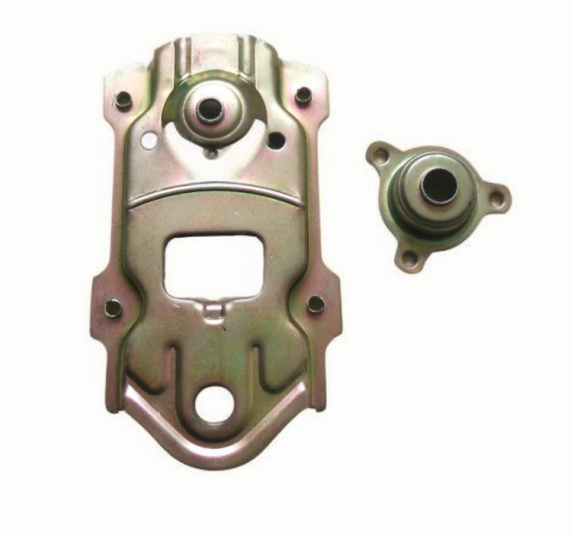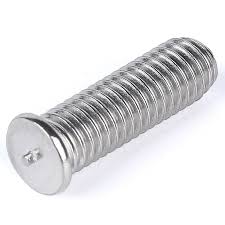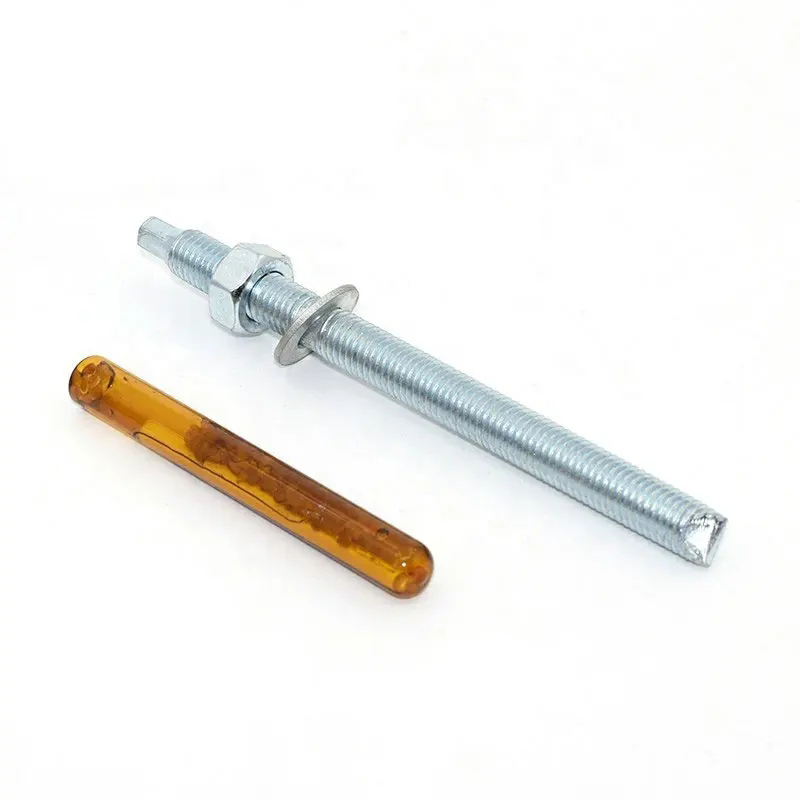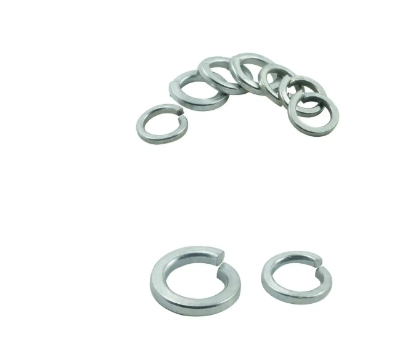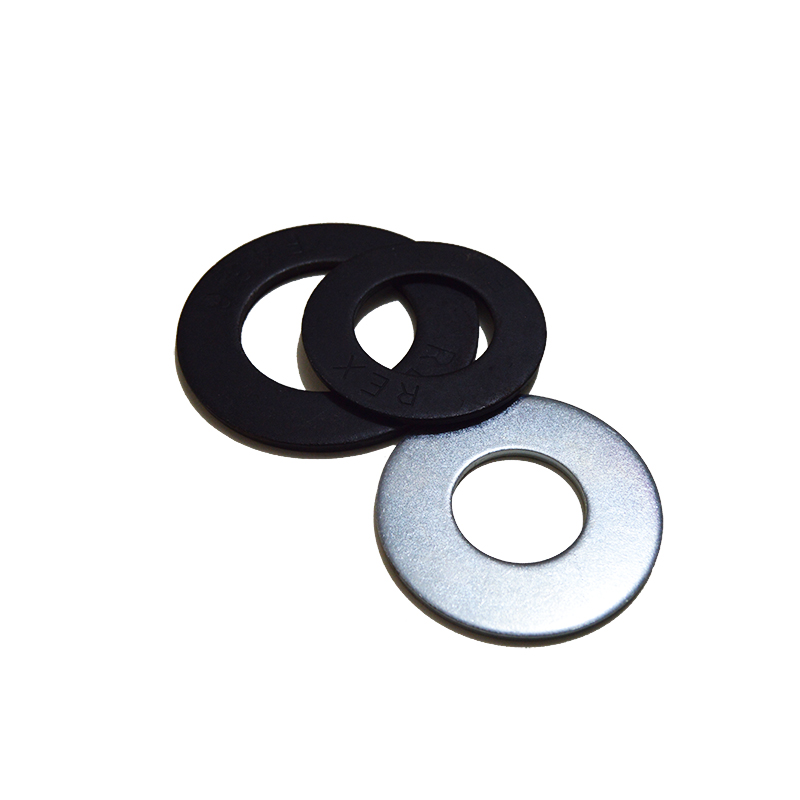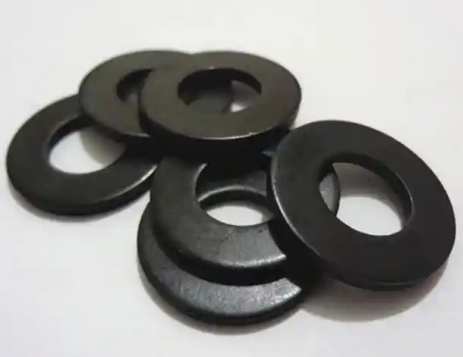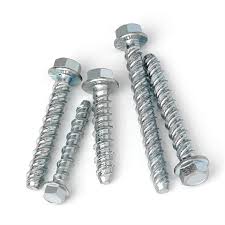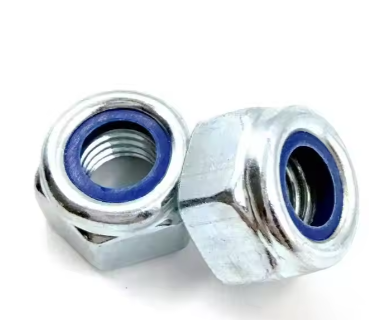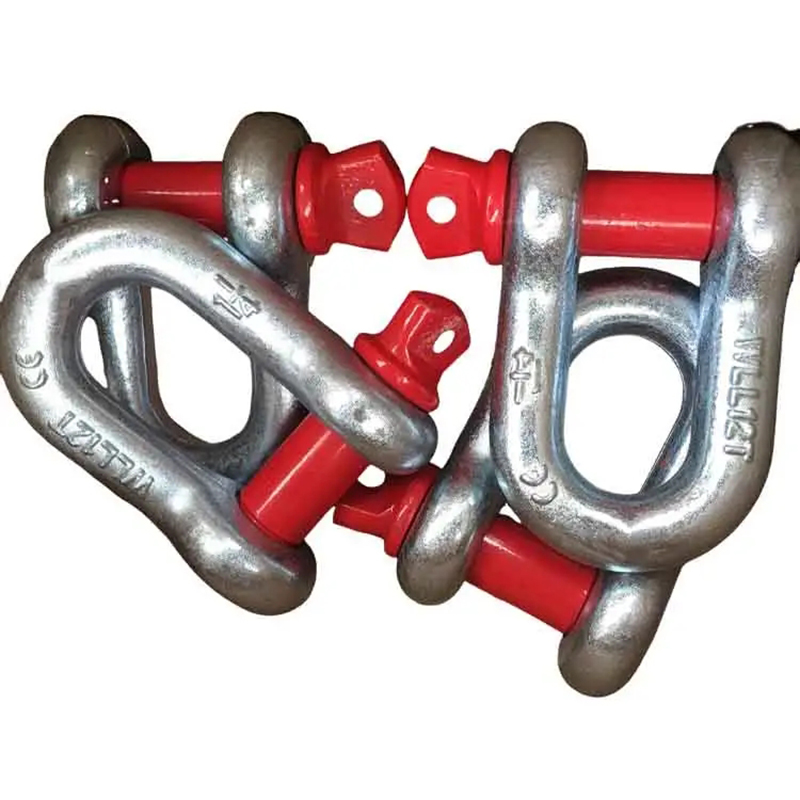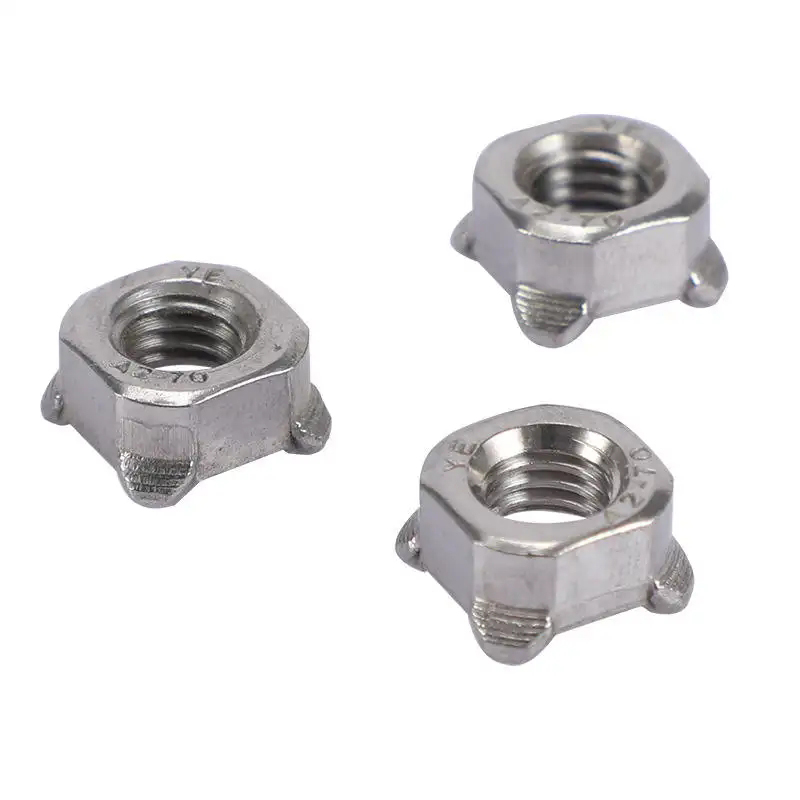

American D-Type Shackles: A Comprehensive GuideAmerican D-type shackles are crucial components in various lifting and rigging applications. This guide provides a detailed overview of their features, applications, safety considerations, and selection criteria, ensuring you choose the right shackle for your needs.
This guide offers a thorough understanding of American D-type shackles, covering their design, applications, safety standards, and selection process. We will explore different sizes, materials, and load capacities to help you choose the most suitable shackle for your specific needs. Understanding the nuances of American D-type shackles is critical for ensuring safe and efficient operation in various industries.
American D-type shackles are characterized by their D-shaped body, a bow, and a pin. The bow provides the connection point for rigging hardware, while the pin secures the bow to the body. The design allows for easy attachment and detachment, while the robust construction ensures high load-bearing capacity. Many American D-type shackles are manufactured to meet stringent industry standards like those set by ASME B30.26.
Common materials for American D-type shackles include high-strength alloy steel, providing excellent durability and resistance to wear and tear. The specific material and its heat treatment directly influence the shackle's ultimate tensile strength and yield strength, which are crucial factors in determining its load-bearing capacity. The grade of the steel is often indicated by markings on the shackle itself.
American D-type shackles are widely used in various lifting and rigging operations, including lifting heavy loads, securing cargo, and attaching slings to cranes or hoists. Their strength and ease of use make them indispensable tools in construction, shipping, and manufacturing industries.
The marine industry relies heavily on American D-type shackles due to their corrosion resistance (especially when made from stainless steel) and ability to withstand harsh environmental conditions. They are frequently used in mooring systems, towing operations, and other demanding marine applications.
It's crucial to always operate American D-type shackles within their rated working load limit (WLL). The WLL is typically stamped on the shackle itself and should never be exceeded. A safety factor is usually incorporated into the WLL to account for unforeseen circumstances.
Regular inspection is essential to ensure the continued safe operation of American D-type shackles. Look for signs of damage such as cracks, bending, deformation, or corrosion. Damaged shackles should be immediately replaced. Proper maintenance, including lubrication, can extend the lifespan of your shackles.
Choosing the appropriate American D-type shackle requires considering several factors:
| Size | Material | Working Load Limit (WLL) |
|---|---|---|
| 5/16 | Grade 8 Alloy Steel | (Consult manufacturer's specifications) |
| 3/8 | Grade 8 Alloy Steel | (Consult manufacturer's specifications) |
| 1/2 | Grade 8 Alloy Steel | (Consult manufacturer's specifications) |
Note: The specific WLL for each size will vary depending on the manufacturer and material. Always refer to the manufacturer's data plate for accurate information. For a wide selection of high-quality American D-type shackles, explore the options available at Hebei Dewell Metal Products Co., LTD.
Remember to always prioritize safety when working with lifting and rigging equipment. Proper training, adherence to safety standards, and regular inspections are essential for preventing accidents and ensuring efficient operations.

